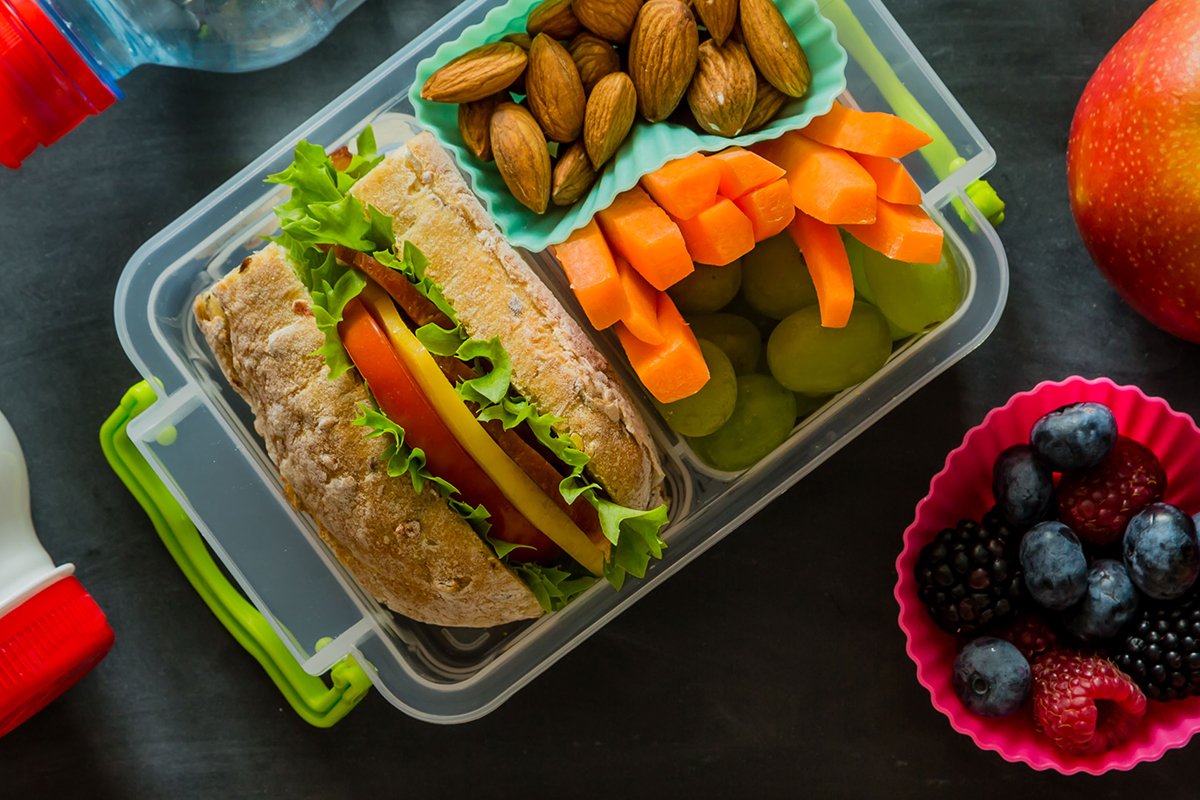
One Northern Virginia doctor wants to equip families with the tools they need for lifelong healthy practices.
Dr. Nimali Fernando, a Fredericksburg-based pediatrician and co-author of Raising a Healthy, Happy Eater, launched the Doctor Yum Project nonprofit in 2011 with co-founder and director Heidi DiEugenio in hopes of instilling families with tools and education to inform healthier eating habits.
“Most food is kid-friendly. Kids just need to learn how to eat it,” Fernando says. “Kids who are taught healthy eating habits… will be far better off now and in the long run.”
Doctor Yum offers families free online learning tools, including the Meal Maker Machine, which allows users to input the ingredients they have at home now and spits out healthy recipes using those ingredients; classes in family cooking, child nutrition, first foods and gardening; and children’s cooking camps. The project has also spurred interactive preschool nutrition curriculum that has been applied in 40 participating classrooms and familiarizes children with eating fruits and vegetables at an early age.
Doctor Yum’s education tools and programs work to combat unhealthy eating habits among children and rising obesity. According to the Centers for Disease Control and Prevention, one in every six kids is obese. Likewise, the National Institutes of Health reports that 33 percent of children and 41 percent of teens eat fast food on any given day. According to the CDC, unhealthy eating habits like fast food meals with empty calories or restaurant meals too high in calories can lead children to become overweight or obese, cause types of cancer and negatively affect cognitive development and performance at school. On the flip side, if families work together to adopt healthy practices, children can learn early how to maintain their weight and reduce chances of cancer, heart disease, diabetes, high blood pressure and other conditions.
“The childhood obesity problem is one that parents can win,” Fernando says. “We are just so bombarded with quick food options, like prepackaged lunches and pureed squeeze packs that we have lost our way. My mission is to try to help people find their way back to feeding their kids a healthy diet that is filled with fruits, vegetables and other whole foods and to help kids be happy about eating them.”
Fernando and the Doctor Yum Project offer a wealth of tips and advice for parents trying to help instill healthy eating practices in their children. For one, Fernando says parents should go into dinnertime with realistic expectations. Often, she says, parents will become discouraged when kids take two bites and push away their plates. Parents compensate by turning to snacks throughout the day, but Fernando warns that those kinds of responses can lead to grazing habits further down the line. Instead, Fernando says parents should set realistic expectations of how much children will eat at dinner and make sure kids are eating the meal in front of them. By setting that precedent at dinnertime, Fernando says kids will be more adventurous rather than picky eaters. Parents can even instill those principles in babies by turning the family’s meal into baby food instead of exclusively buying baby food from the grocery store. (Doctor Yum Project’s online recipes often offer steps for turning a meal into baby food at home.)
Not only will a family dinner routine help inform future eating habits, it can also dictate kids’ development. Fernando says family meals should include vegetables, fruits and whole grains that offer vitamins, minerals and plant nutrients necessary for growth. And by avoiding go-to soft kids foods—chicken nuggets, mac and cheese and the like—parents reduce the chance of stunting kids’ oral development.
Fernando recognizes that dining out is a natural side effect of the busy lives families lead. However, she offers an alternative to kids meals with empty calories. Instead, she suggests families go to a restaurant and order off the appetizer menu rather than the kids menu. Or, she suggests picking an entree that families can share with multiple plates.
Parents should get kids involved in shopping, too, to give them first-hand experience, shape healthy eating practices in the future and make dinner a fun family activity. Fernando tells parents to look at products’ nutrition labels rather than marketing on the label. Though a product might advertise that it’s high in protein, it could also be high in sugar, salt, additives and preservatives. Fernando also recommends looking for recognizable ingredients on the nutrition label. In the same vein, Fernando suggests families work on growing a garden together, shop at farmers markets and prepare meals together.
“If kids can get involved in the food process, from shopping to preparing it, and they can learn about why eating healthy is so important to them, they are more likely to do so,” DiEugenio says.

